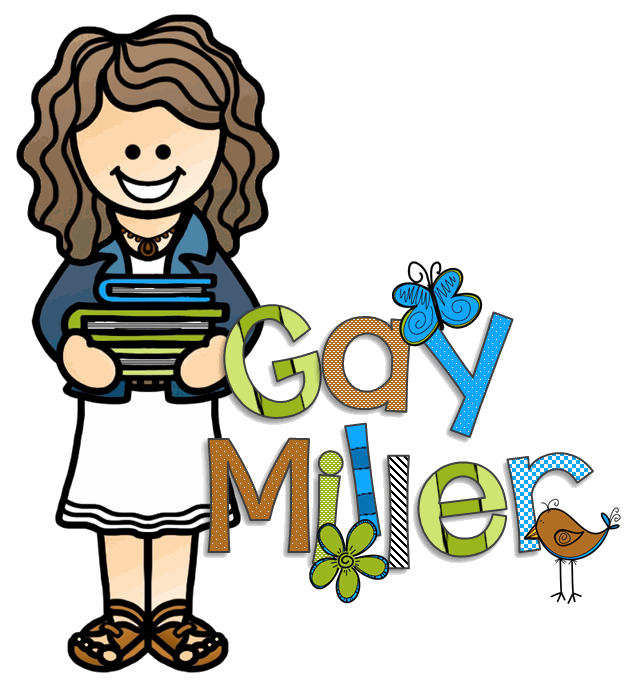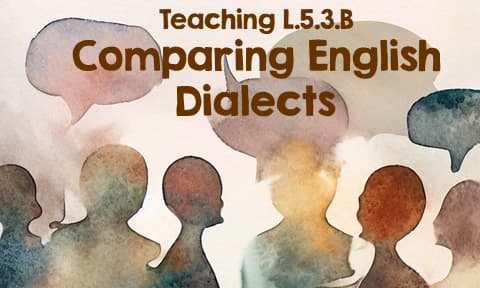
Ever heard a student say, “Y’all, this lesson’s fire”?
Welcome to the colorful, quirky, and downright fascinating world of English dialects—where the way we talk reveals more than just where we’re from.
This lesson helps students dig into Common Core Standard L.5.3.B, which asks 5th graders to analyze how varieties of English are used in stories, dramas, and poems. By the end, they’ll be noticing dialect like a linguist-in-training (or at least better understanding why their cousin from Georgia says “fixin’ to”).

Comparing English Dialects: A Lesson Plan for 5th Grade
 Hook: Accents Across America
Hook: Accents Across America
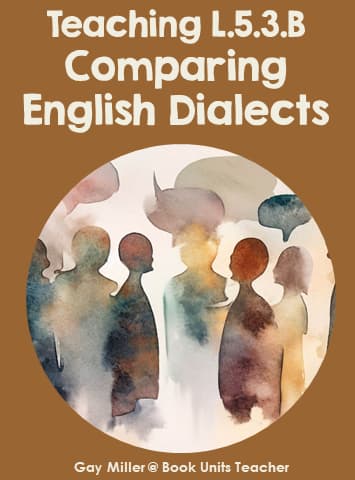
Kick off your lesson with this short video:
This Map Shows Where American Accents Come From (4:33)
It’s fast-paced, engaging, and gives students a fun intro to regional differences in speech. Ask them:
Why do people sound different depending on where they live?
Can accents give you clues about a person’s background?
Just be prepared for some impersonations after the video…
![This Map Shows Where American Accents Come From [4:33]](https://bookunitsteacher.com/literacy/dialect/Map-Shows-Where-American-Accents-Come-From.jpg)
This 4-minute and 33-second video showcases various American accents and English dialects. Have them discuss why people speak differently in other parts of the country.
 Activity #1: What Is Dialect, Anyway?
Activity #1: What Is Dialect, Anyway?

Now that your students are intrigued, it’s time for the official video lesson.
The video introduces…
what dialects are
examples from the American South, Brooklyn, Gullah, and even the UK
six ways dialect enhances stories: humor, tension, culture, education level, sense of place, and identity
📝 Students complete a printable or Google Slides organizer as they watch, keeping them engaged and helping key ideas stick.
 Comparing English Dialects Video Lesson
Comparing English Dialects Video Lesson
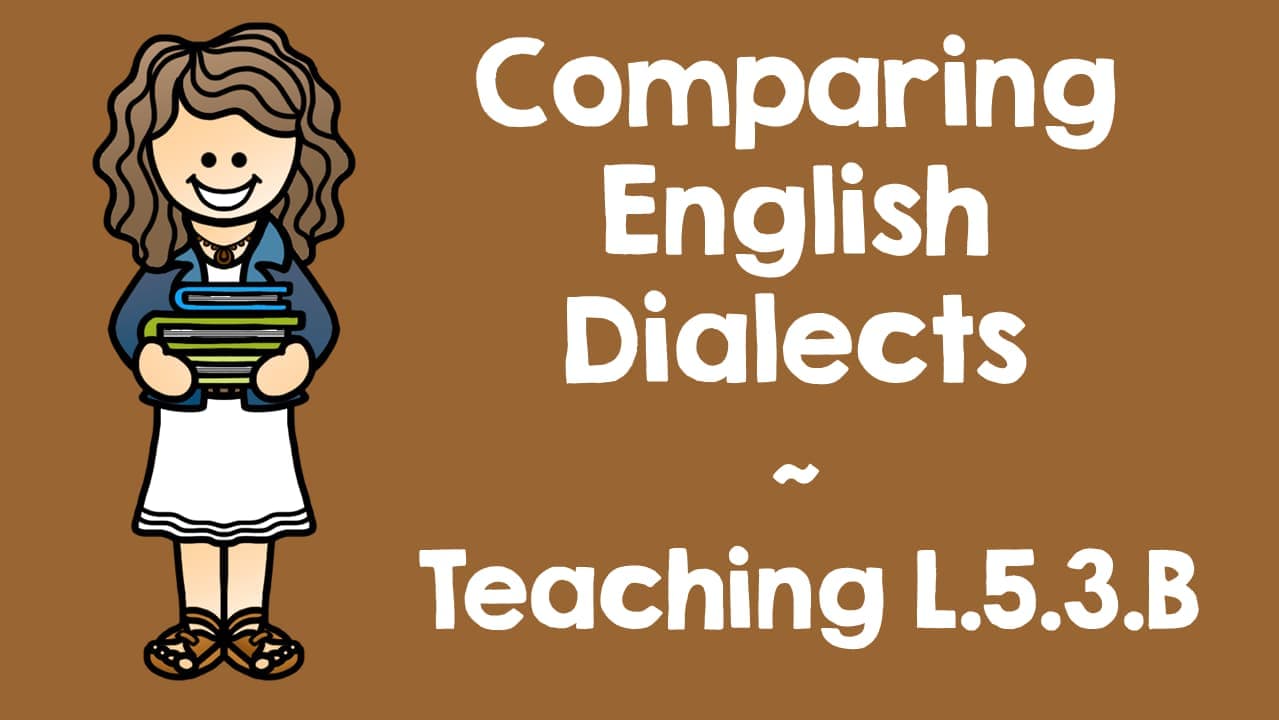
 Activity #2: Reading with an Accent
Activity #2: Reading with an Accent

Your student packet includes two short stories designed to show dialect in action:
“The Gator in the Bayou” – Cajun dialect adds rich flavor and culture to the characters and setting
“Elspeth and the Dragon” – a Scottish twist that highlights how dialect reveals character differences
💬 Students work in pairs or small groups to answer guiding questions, then compare how the stories use dialect differently (and similarly).
 Activity #3: Say It Another Way
Activity #3: Say It Another Way
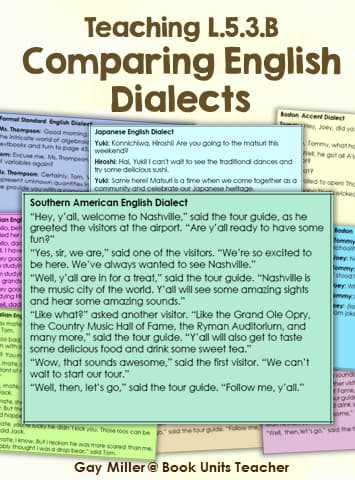
Hand out a set of dialect cards—eight versions of the same sentence written in dialects like:
Southern American English
Australian English
African American English
British English
Jamaican English (and more!)
Challenge students to…
translate each sentence into Standard American English
or rewrite it in a dialect of their choice
and explain how changing the dialect shifts the tone or meaning
(Warning: they’ll probably love this one.)
 Activity #4: Dialect Detectives
Activity #4: Dialect Detectives

Cue the spy music.
Your students will use a set of 24 conversation cards and work in pairs or small groups to play “Dialect Detective.” Their job? Decide how dialect is being used:
Is it adding humor?
Showing education level?
Building a sense of place?
They’ll decode dialogue like pros—and have fun doing it.
Extension Ideas (For Your Fast Finishers or Drama Kings and Queens)
Looking to stretch the lesson further? Try one of these:
🎭 Dialect Role Play – Write and perform a scene using a chosen dialect. Students explain how their dialect choice adds personality or emotion.
🗺️ Dialect Mapping – Research dialects across the U.S. (or the globe). Add example words or phrases to a colorful map.
🎉 Dialect Celebration Day – Dress up, speak up, and share poems or stories that use dialect. Bonus: vote on the most expressive accent!
Why It Matters
Dialects aren’t just funny accents or quirky sayings—they reflect our identity, our roots, and our worldview. By helping students explore dialect in literature, you’re not only teaching language—you’re building empathy, cultural awareness, and critical thinking.
📎 Grab the handout if you missed it earlier. You’ll find everything you need to bring this lesson to life.
Want More Reading Skill Practice?
Build a strong foundation in comprehension with my Reading Skills Bundle. It includes 12 complete units covering:
- Text Structure
- Story Elements
- Main Idea & Details
- Cause & Effect
- Compare & Contrast
- Inference
- And more!
Each unit comes with printables, graphic organizers, and engaging activities that make reading skills stick.
